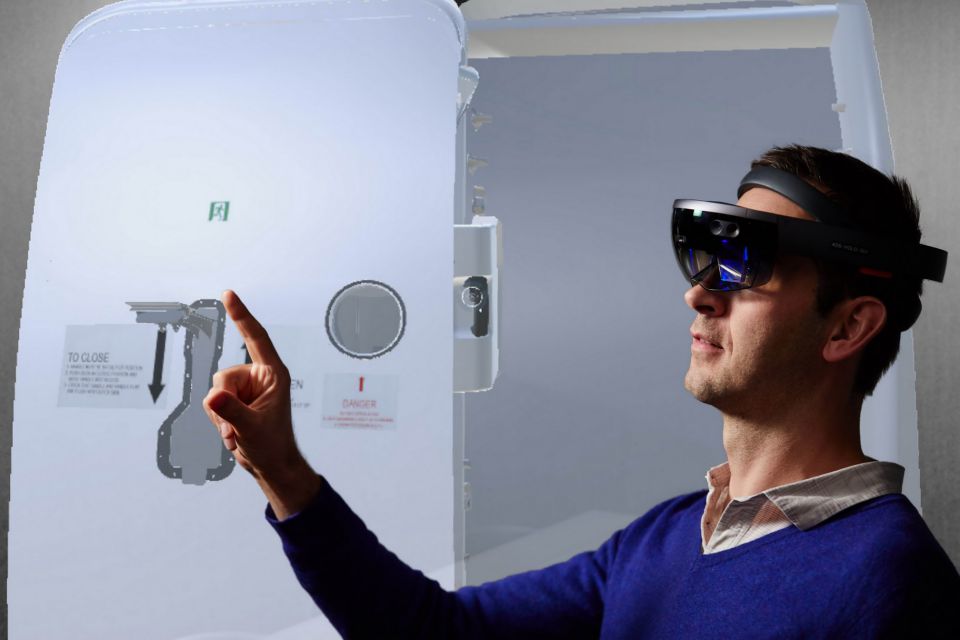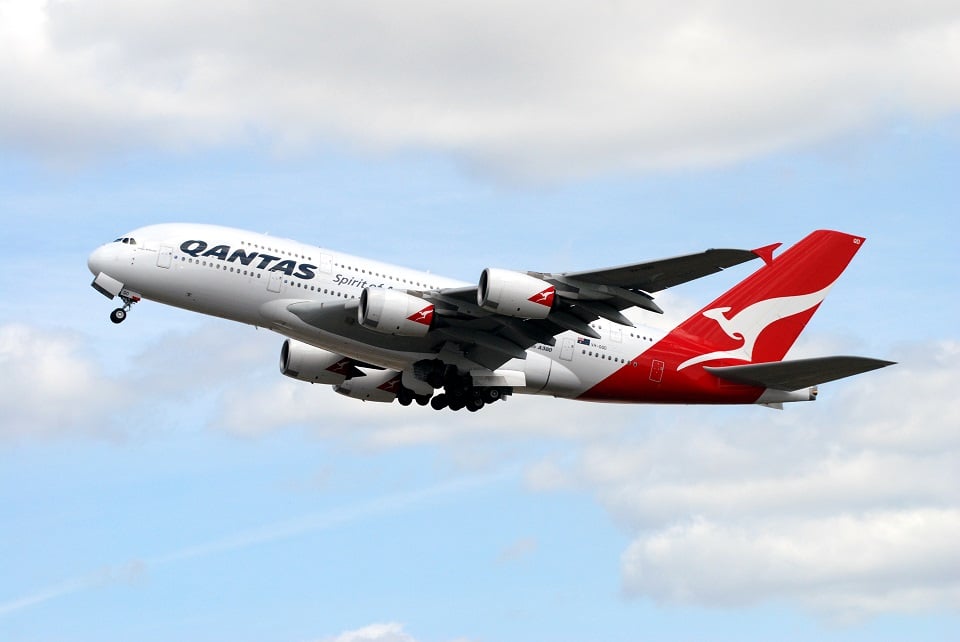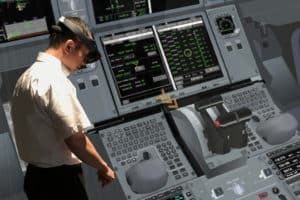Aviation
Airbus develops world’s first Mixed Reality Trainer for A350 XWB

Tokyo, 14th November 2017 – Airbus, in cooperation with Japan Airlines (JAL) and JAL Engineering (JALEC), has developed a prototype application supporting new training solutions, taking advantage of the world’s most advanced Mixed Reality technology, Microsoft “HoloLens” and immersive headsets. This will enable the airline community to benefit from cost-effective and highly enhanced training and operational solutions, pushing the boundaries of what is currently available.
HoloLens and immersive headsets provide access to aircraft digital data which can be viewed from any angle to run specific aircraft procedures, virtually.
This innovative technology brings key business value as users can learn from anywhere, without the need of the physical aircraft, via a holographic coach or an interactive, shared 3D virtual system.
Airbus recently became one of the rare industrial players to be a member of the Microsoft Mixed Reality Partner Program. As such, Airbus expertise in Mixed Reality is not only recognised but certified by Microsoft, meaning the company can build and exploit Mixed Reality on behalf of Microsoft.
In 2013 JAL signed a purchase agreement for 31 A350 XWBs (18 A350-900s and 13 A350-1000s), plus options for a further 25 aircraft. The delivery of the first A350 XWB to the airline is scheduled in 2019. Airbus plans to offer “HoloLens” for some selected training scenarios to airlines in the world including JAL on the introduction of the A350 XWB.

Aviation
Lost Tool Found in Qantas A380 After 34 Flights

An Australian Transportation Safety Bureau (ATSB) investigation recently revealed that a Qantas A380 operated 34 flights with a 1.25-meter nylon tool lodged in one of its engines.
This turning tool, used during borescope inspections to rotate the intermediate-pressure compressor, was left behind during scheduled maintenance at Los Angeles on December 6, 2023. It remained inside the engine until it was discovered by maintenance staff during a subsequent check at Los Angeles on January 1, 2024.
China Takes the Lead in Sixth-Generation Fighters with White Emperor B
The ATSB report highlights two critical lapses. First, maintenance engineers failed to notice the tool during final checks for foreign objects after the borescope inspection. Second, the lost tool procedure was not activated when the tool was identified as missing.
The certifying engineer ultimately cleared the aircraft for service without accounting for the misplaced tool. During the time qantas films the tool was inside, the A380 completed 34 flight cycles, accumulating nearly 294 hours without any noticeable effect on engine performance.
Although the tool was deformed by high-energy airflow within the engine, there was no reported damage to the engine itself. ATSB Chief Commissioner Angus Mitchell commented.
India’s C-295 to Gain Advanced Weapons for Maritime Surveillance
“This incident underscores the importance of following established maintenance protocols. Engineers missed the tool during foreign object checks, and the required lost tool procedure wasn’t started after realizing the tool was missing.”
Following the investigation, the airline issued a safety directive, urging all engineering and tool storage teams to adhere strictly to these protocols to prevent similar incidents in the future.
A qantas spokesperson stated, “While the tool didn’t impact engine performance, we take this incident very seriously. It is critical to follow the correct lost tool procedures.”
-

 Aviation2 months ago
Aviation2 months agoBoeing confirms 797: A New Era for Mid-Size Aircraft
-

 Aviation2 months ago
Aviation2 months agoMicrosoft Flight Simulator Raises $3 Million to Bring Back the An-225 Mriya
-

 Aviation2 months ago
Aviation2 months agoLockheed and Tata Team Up to Build C-130J MRO Facility in India
-

 Airlines2 months ago
Airlines2 months agoQantas Engineers Stage Walkout Over Cost of Living Concerns
-

 Airlines2 months ago
Airlines2 months agoQatar Citizens Can Travel to the United States Without a Visa
-

 Aviation2 months ago
Aviation2 months agoBoeing Offers 25% Pay Increase & Promise to Build Next Plane in Seattle
-

 Aviation2 months ago
Aviation2 months agoQatar Airways bans these new Electronic Devices on plane
-

 Airlines2 months ago
Airlines2 months agoEmirates Ends 28-Year Singapore-Melbourne Fifth Freedom Route









